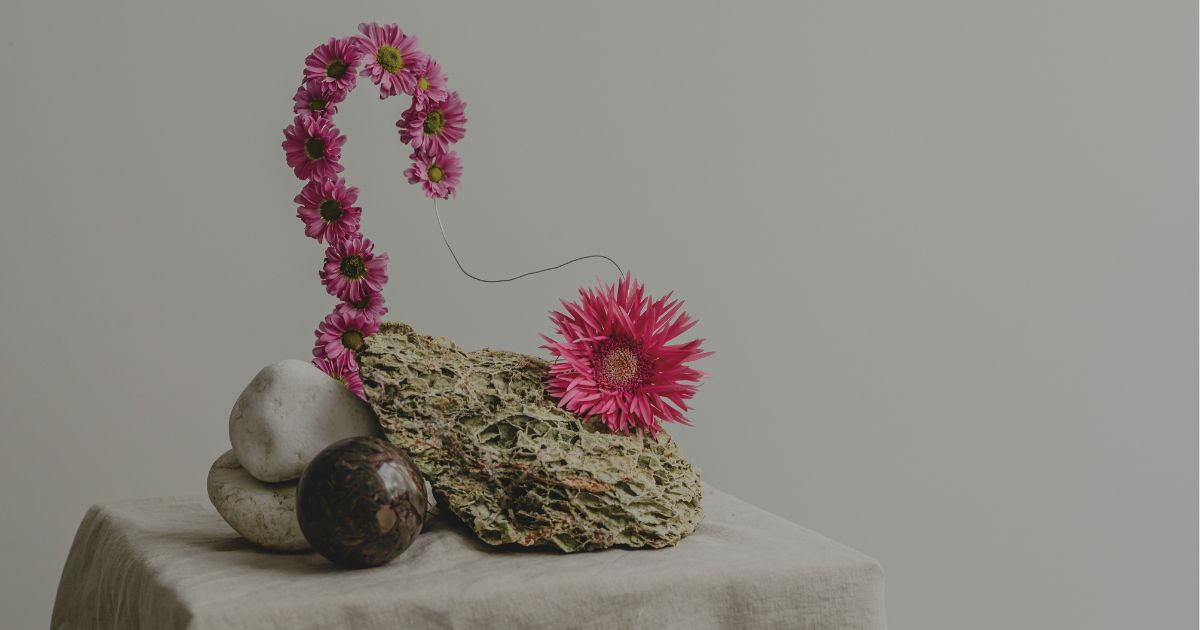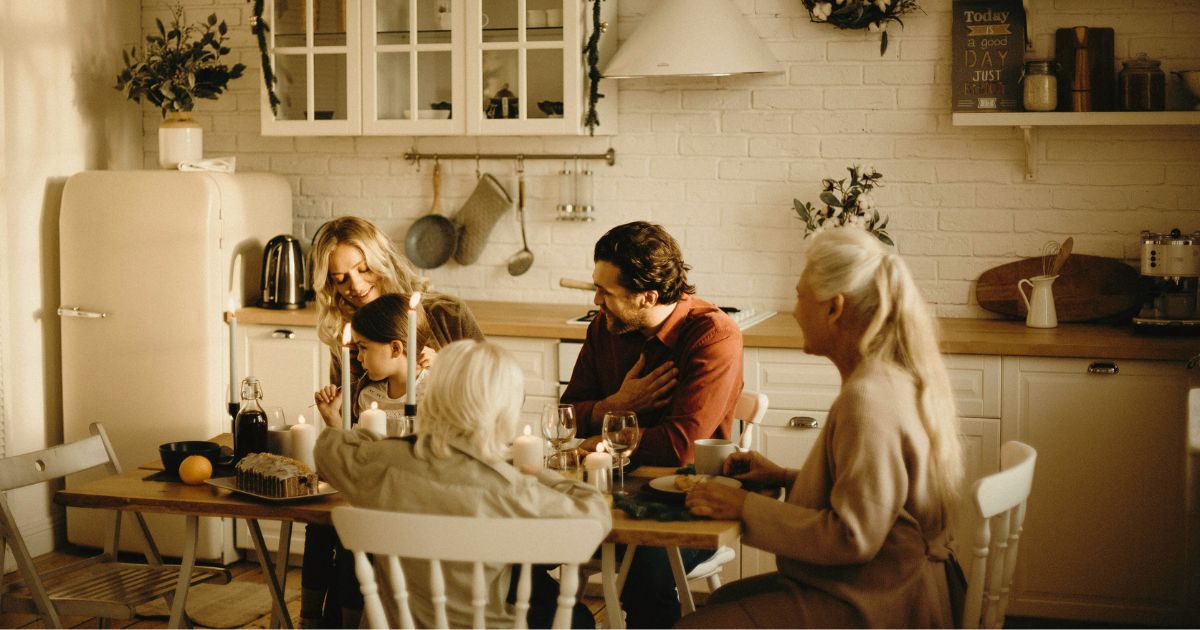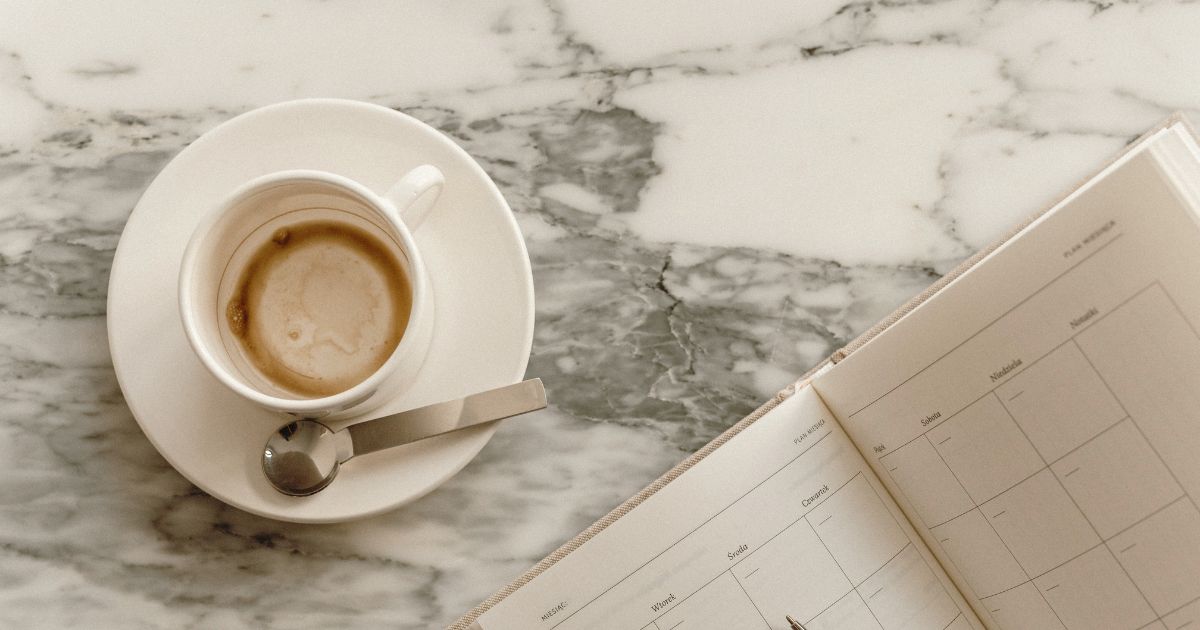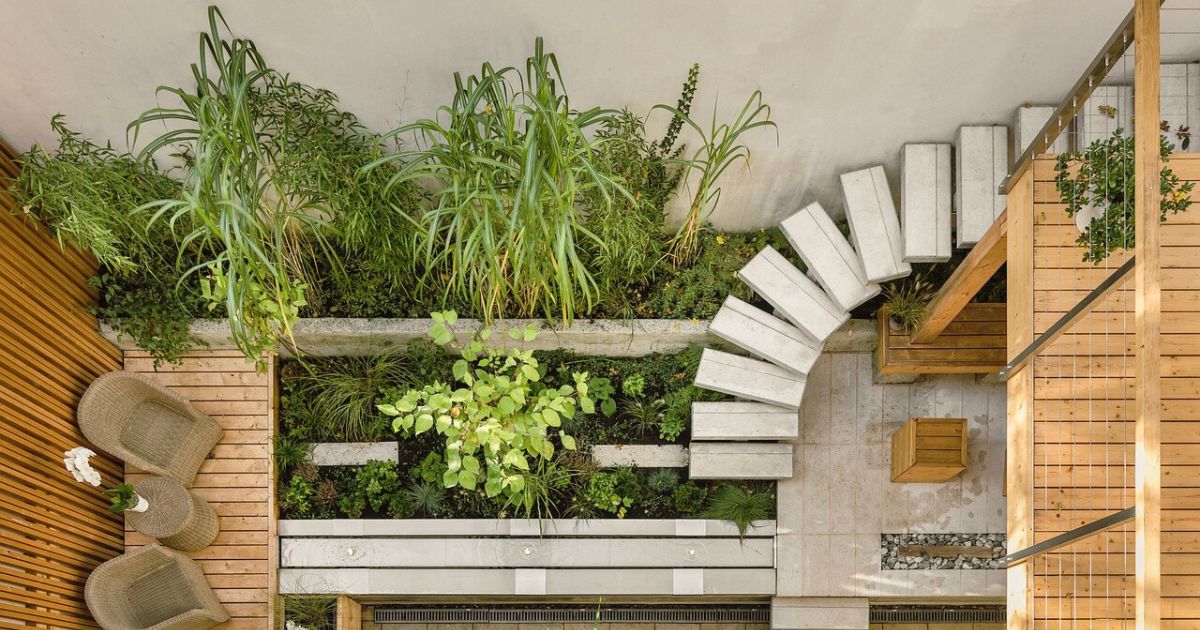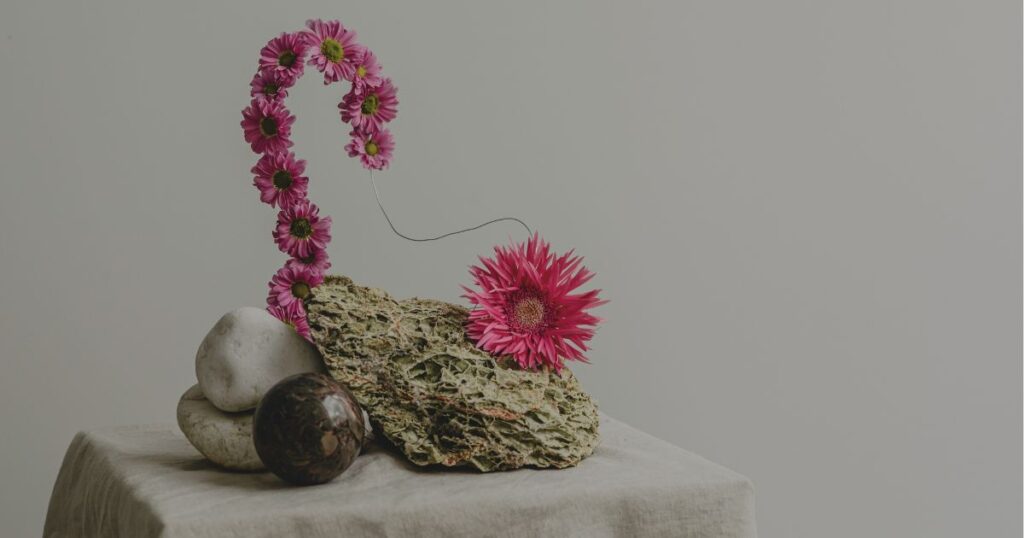
Did you know that the average person spends about 90% of their time indoors? Yes, 90%! With such a significant amount of time spent inside, it’s important to consider how our interior spaces affect our well-being.
Biophilic design incorporates natural elements to create eco-friendly spaces that benefit both people and the planet. Here, we will explore the concept of biophilic design, its benefits for well-being, its environmental impact, practical tips, and how to choose an interior designer who embraces this sustainable approach. Through biophilic design, we can create a more harmonious and sustainable future.
Read to the end for an interview with the ever lovely The Plant Junkie. She’ll tell us one plant ANYONE can keep alive!
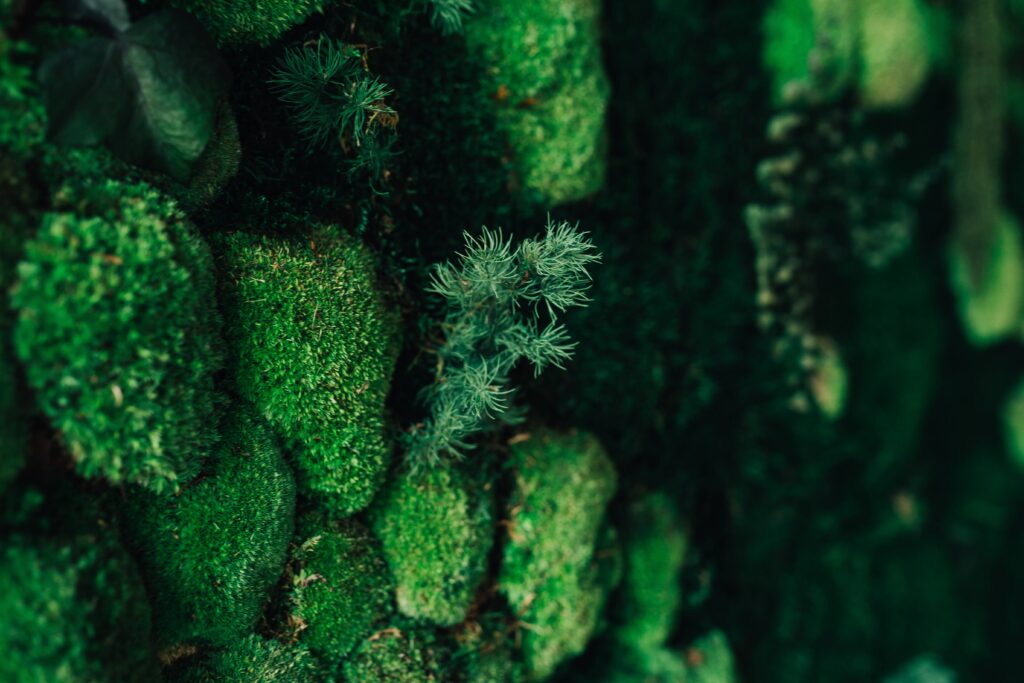
01
Incorporating Natural Elements into Interior Design
Natural components can provide a calm atmosphere and lift your mood.
One of the key aspects of biophilic design is the incorporation of natural elements into interior spaces. By bringing elements such as natural light, plants, wood, organic textures and water features into our living and working environments, we can create spaces that are not only visually appealing but also beneficial for our well-being.
Embracing nature in interior design is about creating a close & grounded relationship with our surroundings.
Takeaway: Even the smallest bit of nature indoors can lift our spirits!
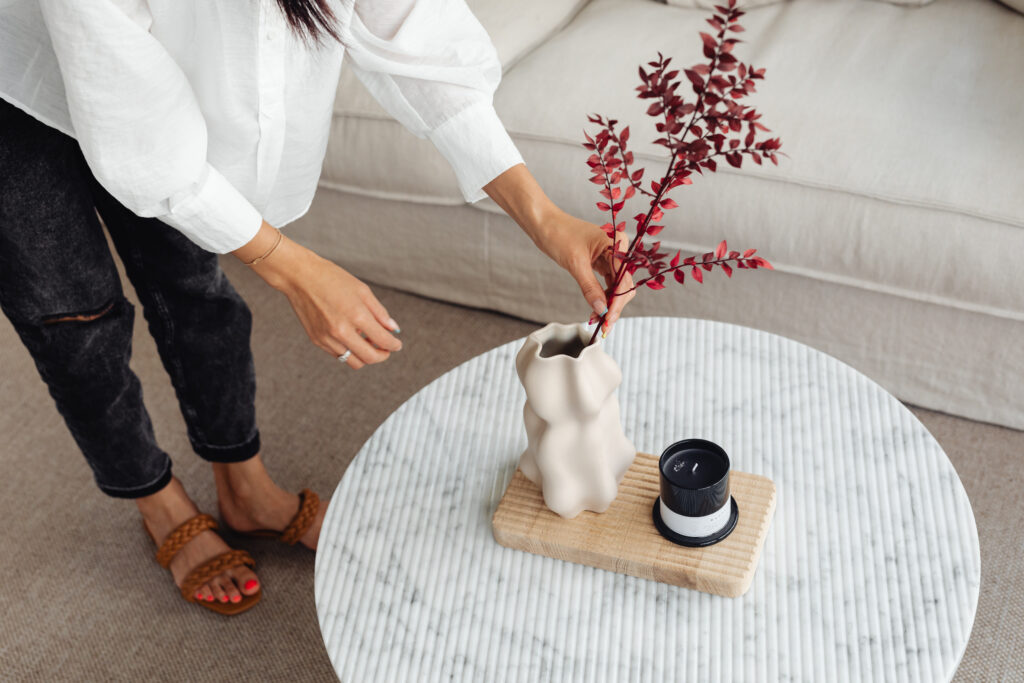
02
Benefits of Biophilic Design for Well-being
Reduce stress, improve mood, increase productivity
Incorporating natural elements into interior spaces is more than just a design trend – it can have significant benefits for our well-being. Studies have shown that exposure to nature and natural elements can reduce stress, improve mood, increase productivity, and even speed up healing processes.
The presence of plants, natural light, water features, and other elements inspired by nature can create a calming and rejuvenating atmosphere that promotes mental and physical health. By designing spaces that connect us to the natural world, we can enhance our overall well-being and quality of life.
Takeaway: Mental and physical health are affected by our surroundings. Make them work in your favor.
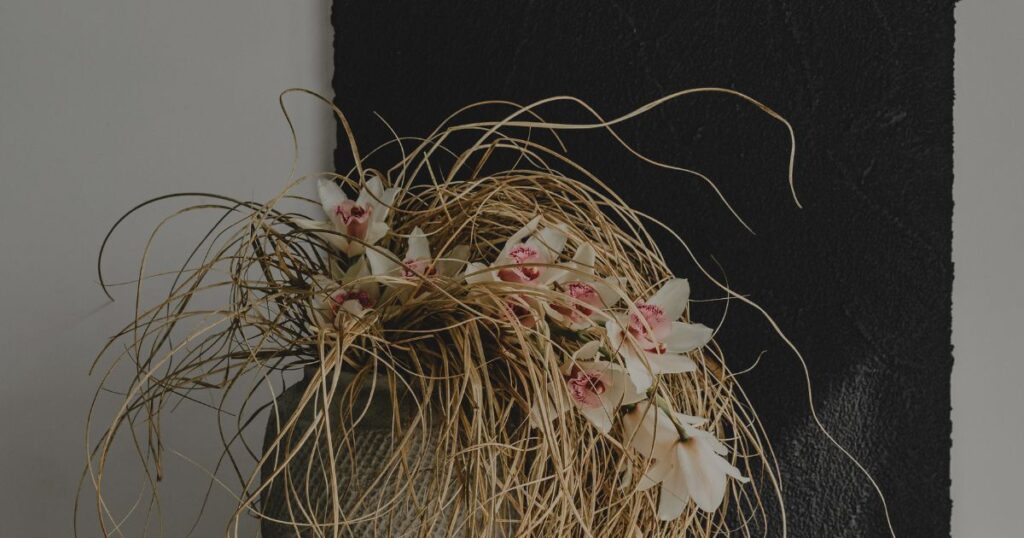
03
Environmental Impact of Biophilic Design
Promote sustainability, filter toxins, use reclaimed items
Designing with nature in mind not only benefits our well-being but also has a positive impact on the environment. By incorporating biophilic design into interior spaces, we can help reduce our carbon footprint and promote sustainability.
The use of natural materials, such as reclaimed wood and stone, can lower energy consumption and decrease the need for synthetic building materials that contribute to pollution. Additionally, incorporating indoor plants can improve air quality by filtering out toxins and increasing oxygen levels.
This emphasis on sustainability encourages us to consider the long-term impact of our design choices and strive for a more eco-conscious approach to interior design.
Takeaway: Biophilic design is a practical and sustainable choice for creating interiors that benefit both people and the planet.
Wait, This all sounds great! Can you help me in my home?
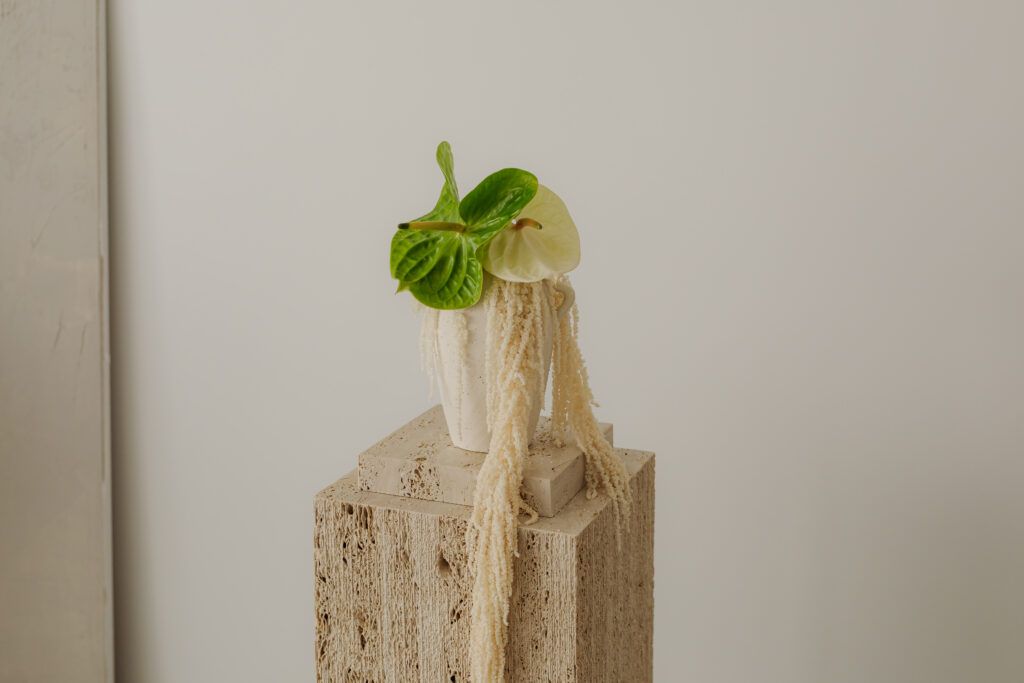
04
Practical Tips for Implementing Biophilic Design
Connect with the outdoors
When it comes to implementing biophilic design in your interior spaces, there are practical tips to keep in mind. Start by incorporating natural elements such as wood, stone, and plants into your design scheme. Consider the use of sustainable materials and finishes to reduce your carbon footprint and promote eco-conscious living.
Create connections to the outdoors through large windows, skylights, and indoor gardens to bring the natural world inside. Additionally, focus on maximizing natural light and ventilation to enhance the overall well-being of the space’s occupants. By following these practical tips, you can create a biophilic design that is not only visually appealing but also environmentally friendly.
Takeaway: Consider the space from a perspective of sustainability, adding natural elements, and natural light.
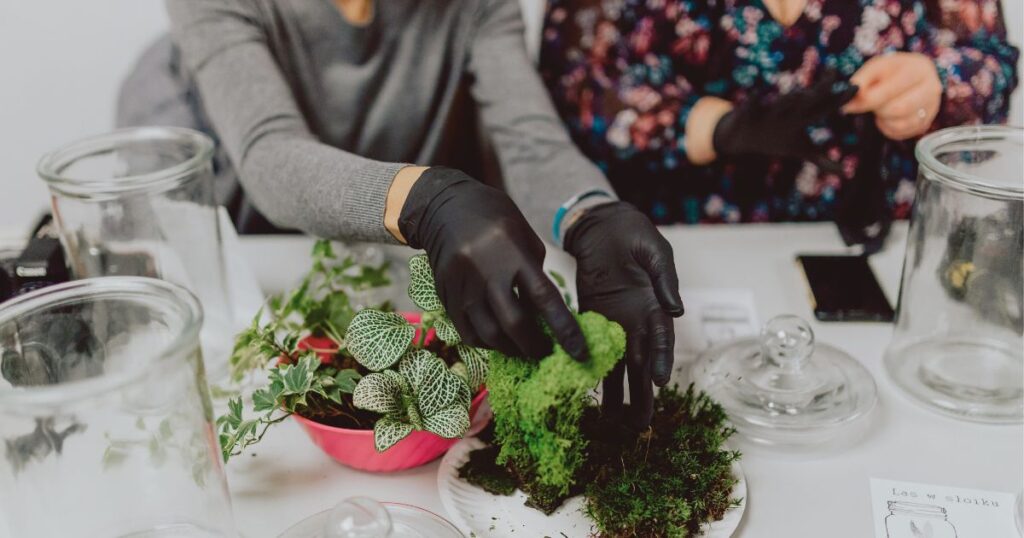
05
How to pick an interior designer that uses Biophilic Design
Ensure that your space feels good & considers environmental impact
As you seek an interior designer who incorporates biophilic design principles, consider their portfolio, experience, and approach to sustainable design. Look for designers who have a proven track record of successfully integrating natural elements into their projects and who prioritize environmental sustainability.
Ask about their process for incorporating biophilic design elements and how they approach creating spaces that connect people to nature. By selecting a designer with a strong commitment to biophilic design, you can ensure that your interior spaces will not only look beautiful but also contribute to a healthier, more sustainable environment for all who inhabit them.
Takeaway: Create a space that connects people to nature – it’s a win, win!
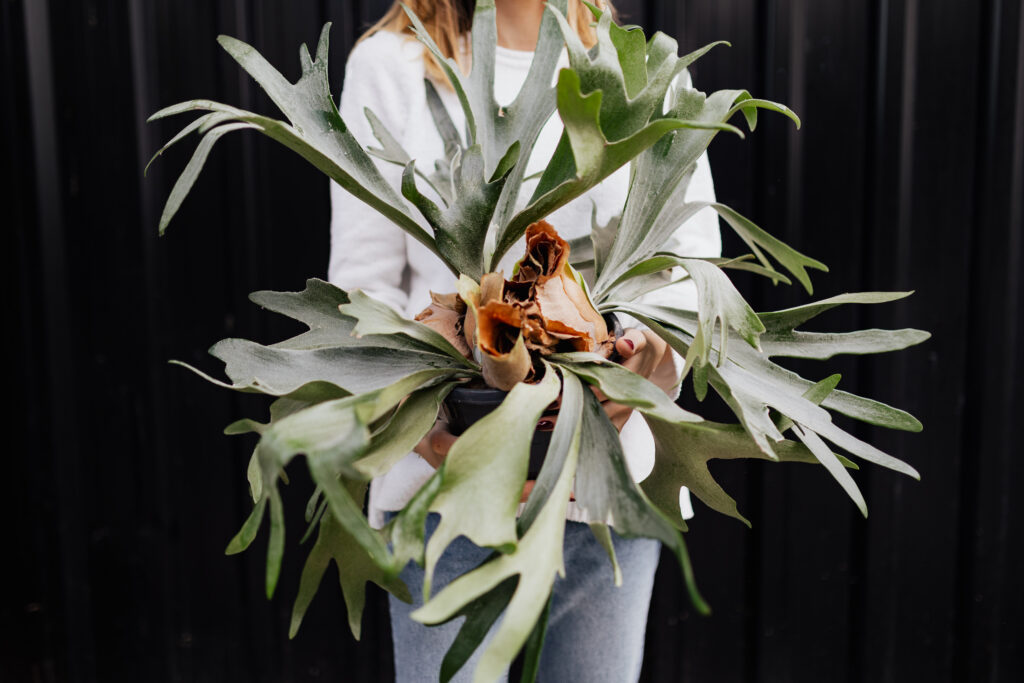
05 QUESTIONS FOR THE PLANT JUNKIE
Izabela Jankus answers five burning questions about Biophilic Design
READ TO THE END TO FIND OUT WHICH PLANT WE CAN ALL KEEP ALIVE!
1. What inspired you to become a plant designer?
I was born and raised in Brazil and always missed the tropical feel and vibes from back home. When I started collecting plants I was lucky enough and transformed my passion into a business.
2. How do you select the right plants for a particular environment?
When selecting plants, the most important thing is to use plant species that are right for each spot. Light conditions being the most important thing to keep in mind.
3. Can you explain the importance of incorporating plants into interior design, for aesthetics and atmosphere?
Plants are a huge mood booster. It’s great to have them in residential or commercial spaces. Not only they are beautiful but most of them are great air purifiers.
4. What are some innovative or creative ways you’ve integrated plants into your designs to maximize their impact on well-being and productivity?
When adding plants to my designs I always focus on beauty and functionality. So we do lots of floor plants but when we are faced with lack of space we add plants to wall, ceilings. Moss walls are big too and a great way to add greenery that’s maintenance free.
5. How do you address challenges such as space limitations?
I am always very straightforward with my clients. Always presenting possible options and explaining the limitations. As I mentioned before, when floor space is lacking we can bring those plants vertically as a plant wall or moss wall.
BONUS QUESTION: Name one plant that ANYONE can keep alive! Snake plant is the plant that everyone and anyone can raise.
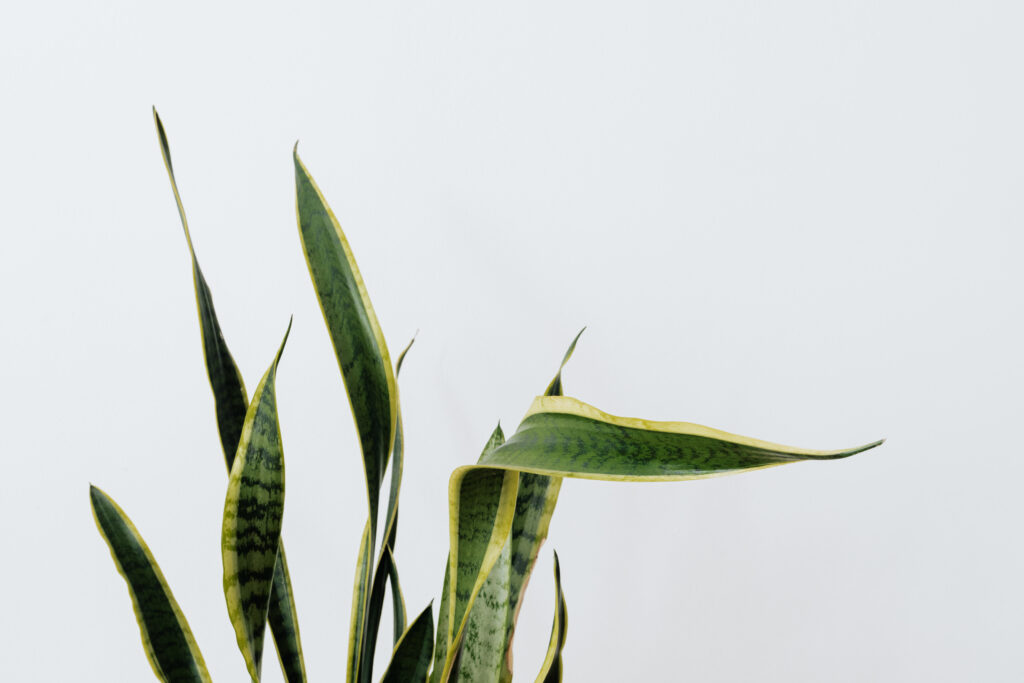
Summing it up!
By integrating nature into our interior spaces through biophilic design, we not only create beautiful and sustainable environments but also improve our well-being. From incorporating natural elements to considering the environmental impact, biophilic design offers a holistic approach to interior design.
Until next time,

